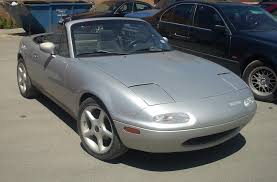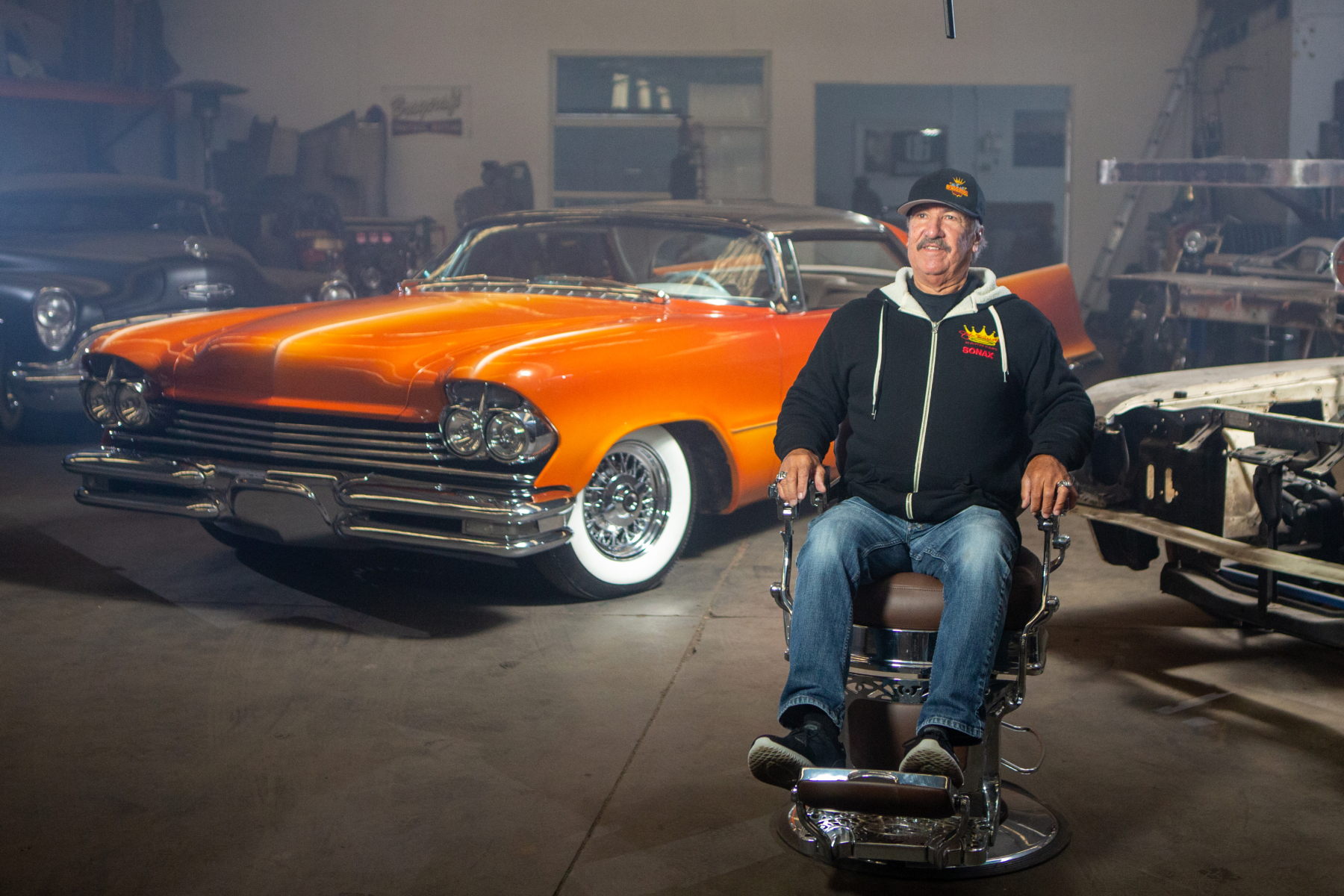

Once upon a time and not very long ago, owning a sports car to use on weekends or warm summer night was considered an extravagance which few people could afford or justify.
Add to that the perception that sports cars were noisy, draughty and leaked water through their ill-fitting hoods and it’s understandable that most people didn’t want a sports car, even if it was financially within reach. But not anymore.
Brand-new models can be disregarded because they come at scary prices, lose value faster than last weekend’s left-overs and still provide space for only two people. However, that’s when the smart buyer of sporty transport looks to the used market.
The world’s best-selling sports car, by a very wide margin, is the Mazda MX-5. The MX-5 was introduced 30 years ago, making early ones very definitely ‘historic’ vehicles, but that doesn’t make them expensive. More than one million MX5s have been sold and so many still exist that prices for 1990-2010 models remain low. And these are not a car that could ever be accused of being noisy, uncomfortable, leaky or draughty.
For those who are attuned to the ‘classic’ end of the market and a bit more adventurous, the car that the Mazda overwhelmed when setting its sales record still survives in solid numbers as well. The MGB was introduced in 1962 and ended production in 1980. During that time more than 500,000 open-top and GT versions were made. Survivors are usually more expensive than an MX-5 but they still cost less than a new, quite modest, 2.0-litre hatchback.
Looking for a bit of style and badge that turns heads without spending more than $20,000? The SLK230 Mercedes-Benz and Audi TT Roadster that 15-20 years ago ranked as exclusive fashion accessories with price tags to match are now available to owners of far more modest means than their original purchasers.
Need space for the family in a modern car with a top that drops? European and a few of the Japanese car-makers provide loads of four-seat choices at prices that won’t bend the bank balance too severely.
Volkswagen and Audi share platforms upon which have been built a variety of family-friendly models with folding tops. Audi’s A4 and the Volkswagen EOS are obvious choices.
Taking care of a sporty car, especially one with a roof that isn’t made from solid material, is more challenging than looking after a conventional sedan. If you leave your sports car outside in a severe storm you could well return to something resembling an expensive water feature, complete with paddling ducks.
There are limitations on where cars intended for use on smooth bitumen can venture. Low-slung exhausts are vulnerable even on bumpy sealed roads and peppering the floor of a sports car on unsealed surfaces isn’t kind. Remember when buying a later-model sporty model that very few are now supplied with a full-sized spare wheel.
Insurance, if you arrange your cover through Enthusiast, can be one of the least-costly elements of sports car ownership. These are vehicles that traditionally do not cover big distances, may not go out on very hot or cold days and are hardly ever seen on the road during the week. Enthusiast’s Drive Less…Spend Less philosophy fits that profile very well so visit www.enthusiast.com.au for a quote.

